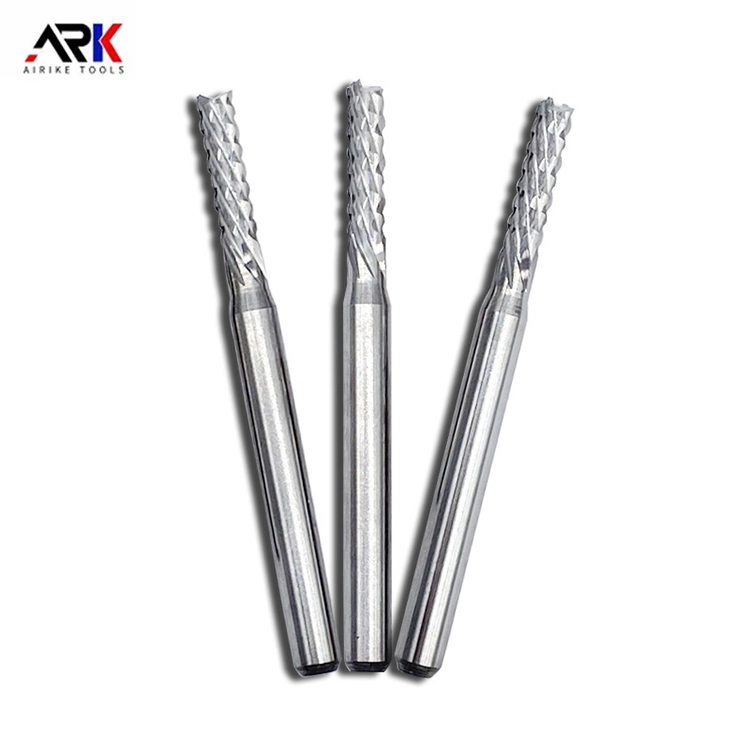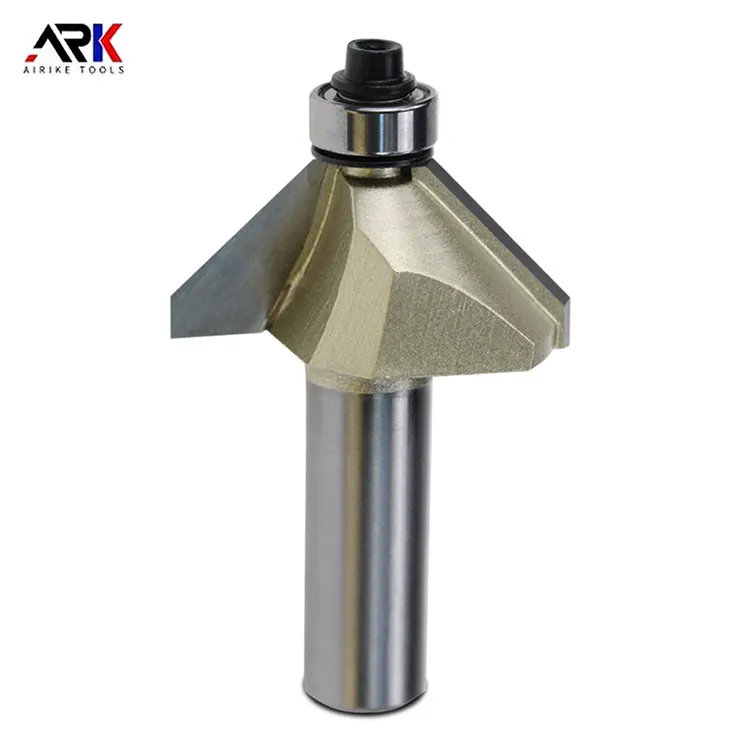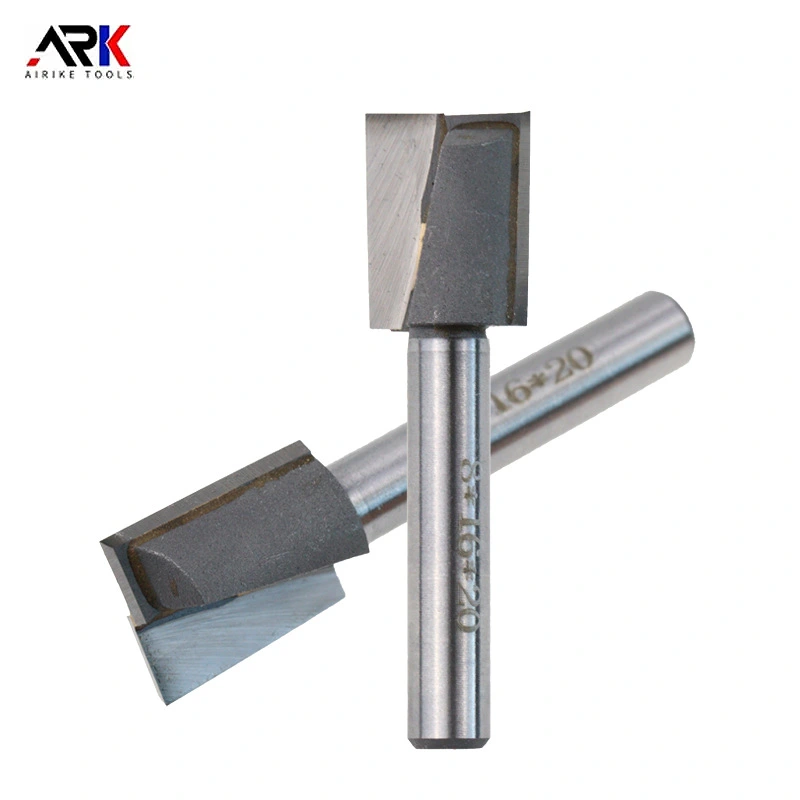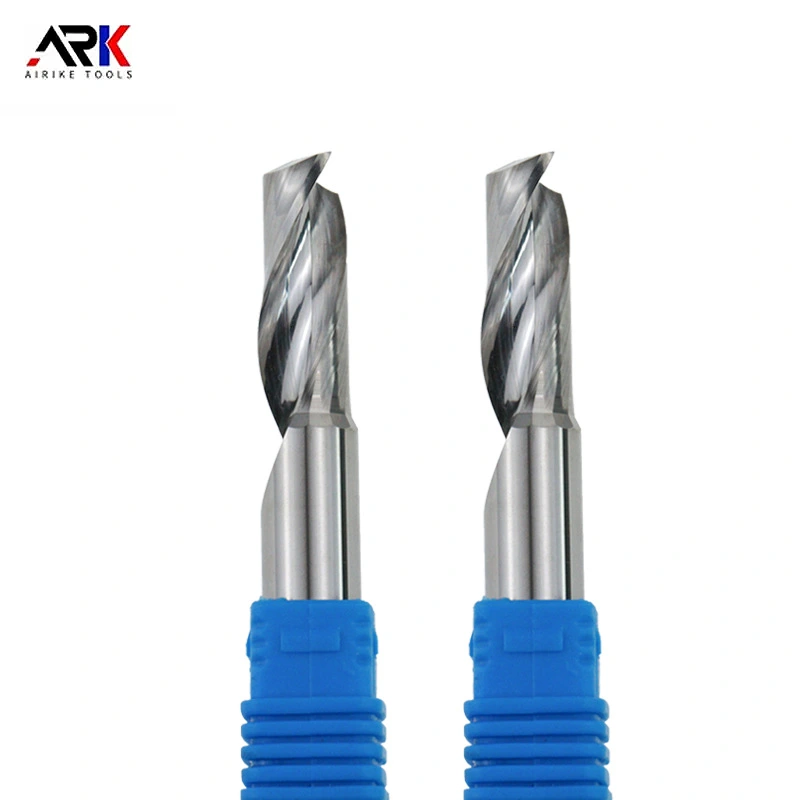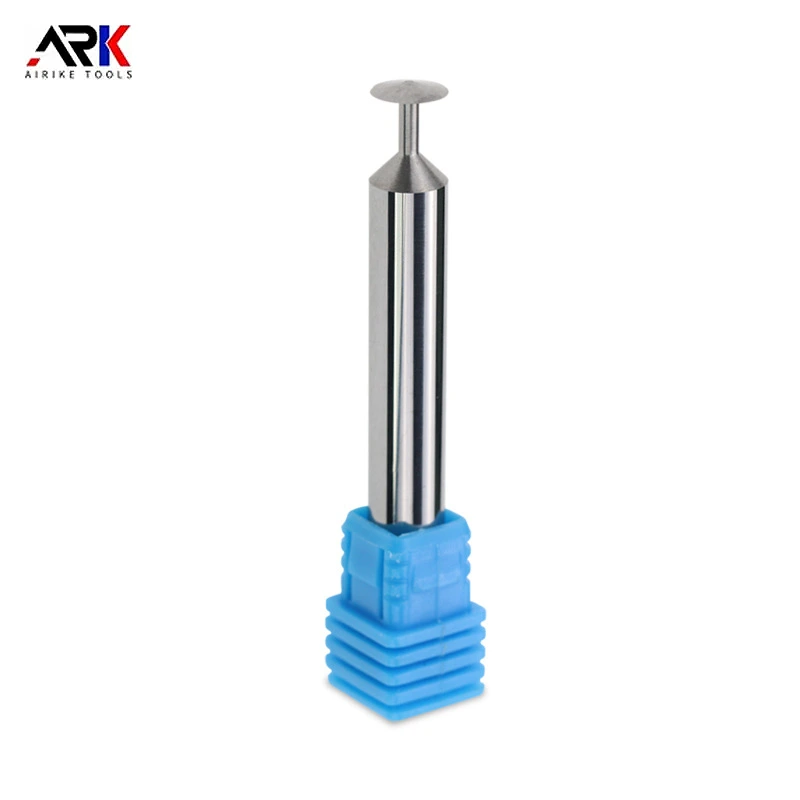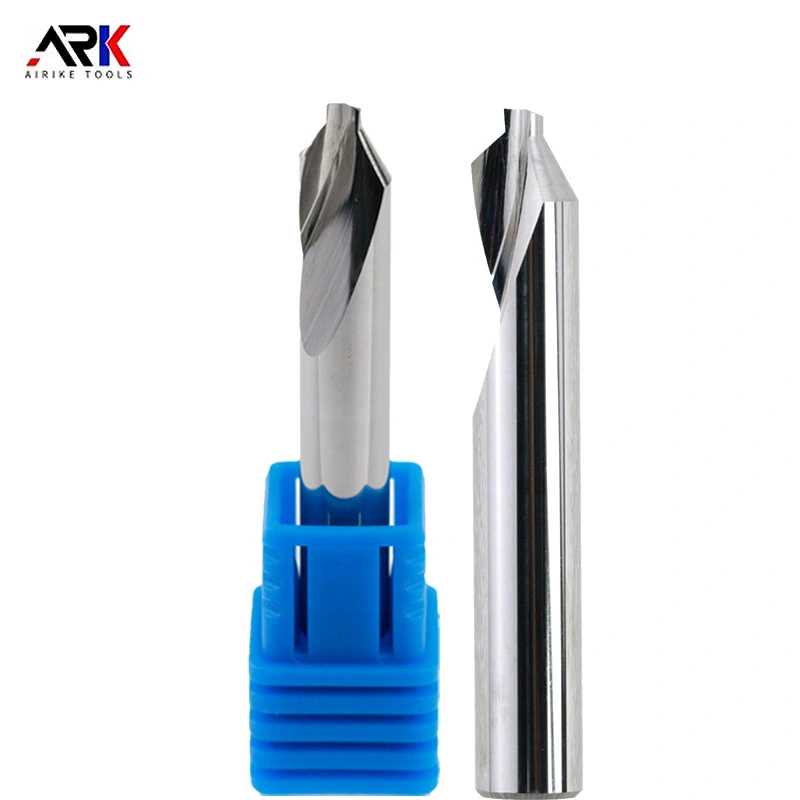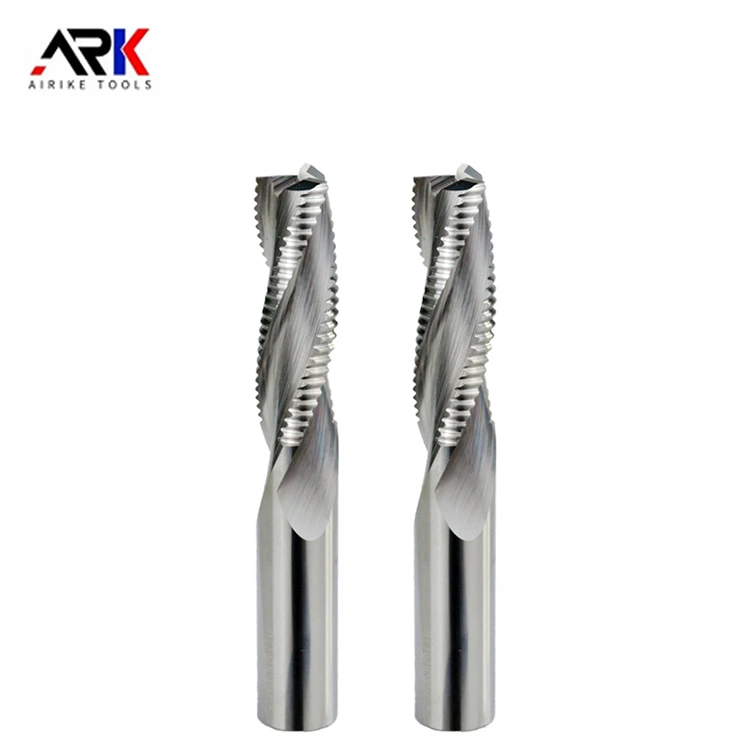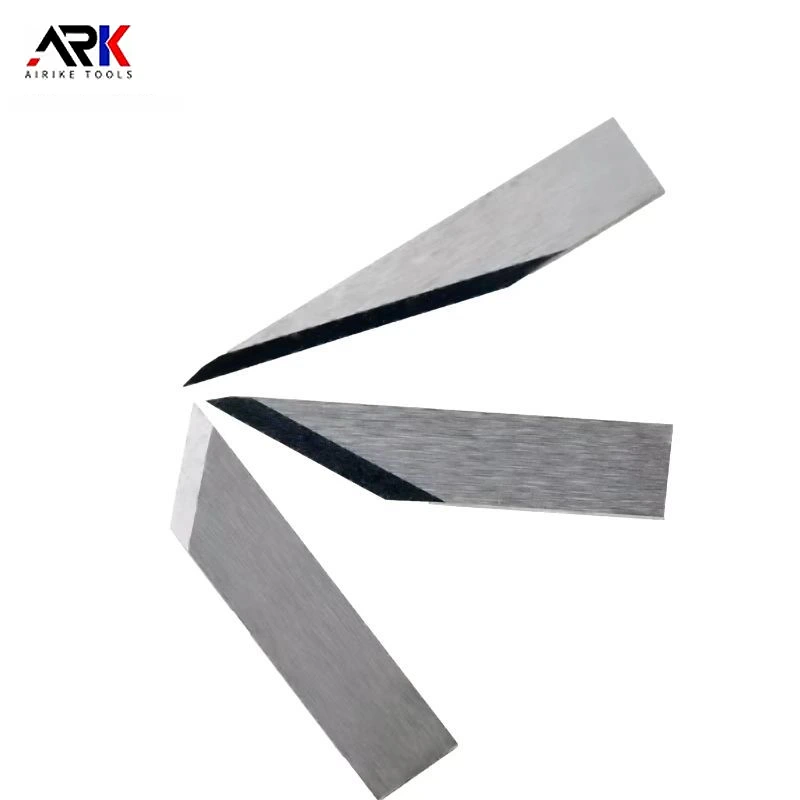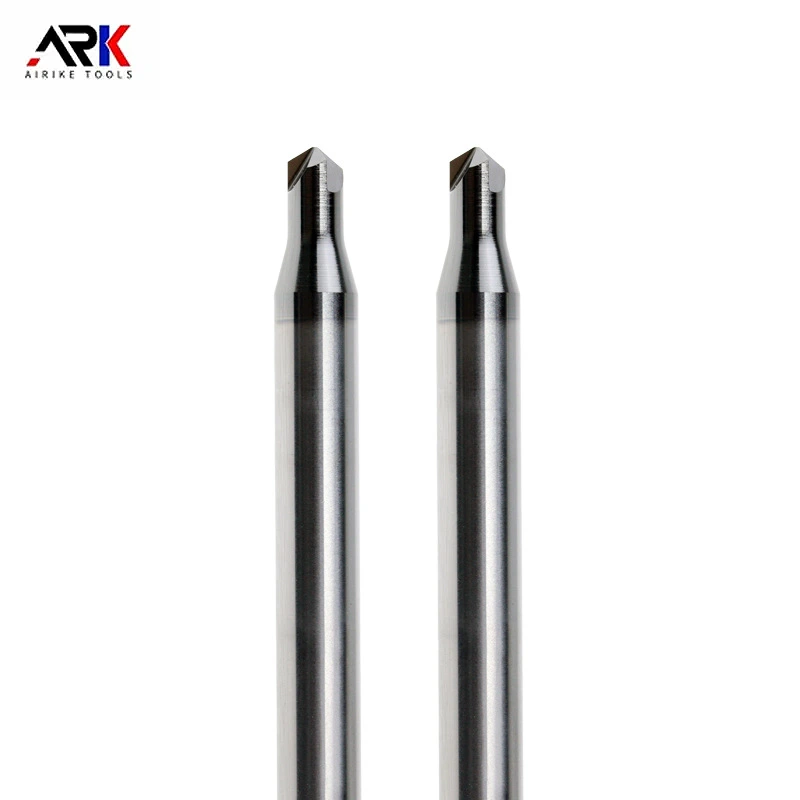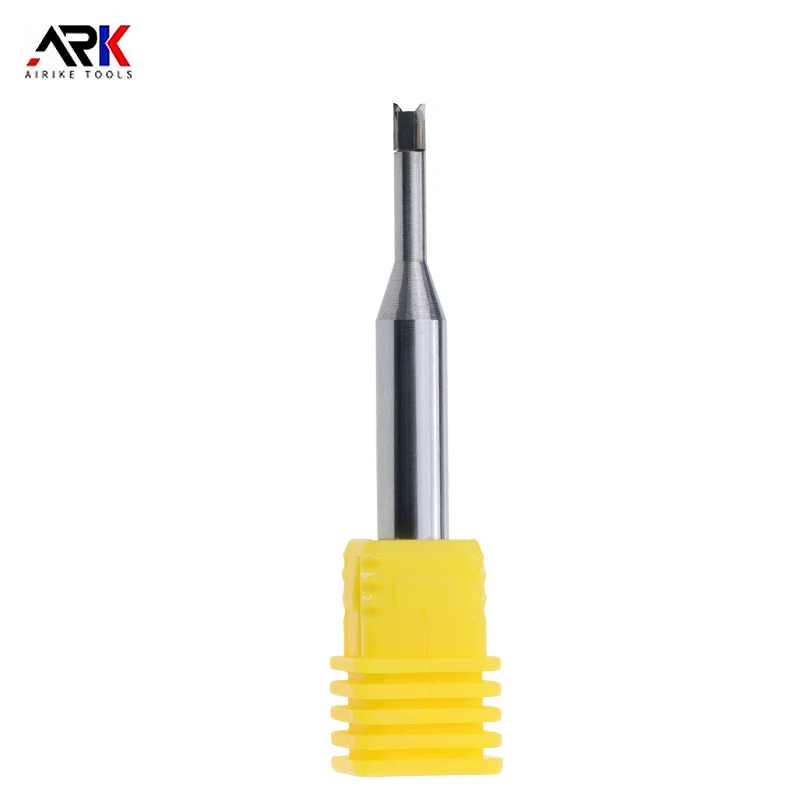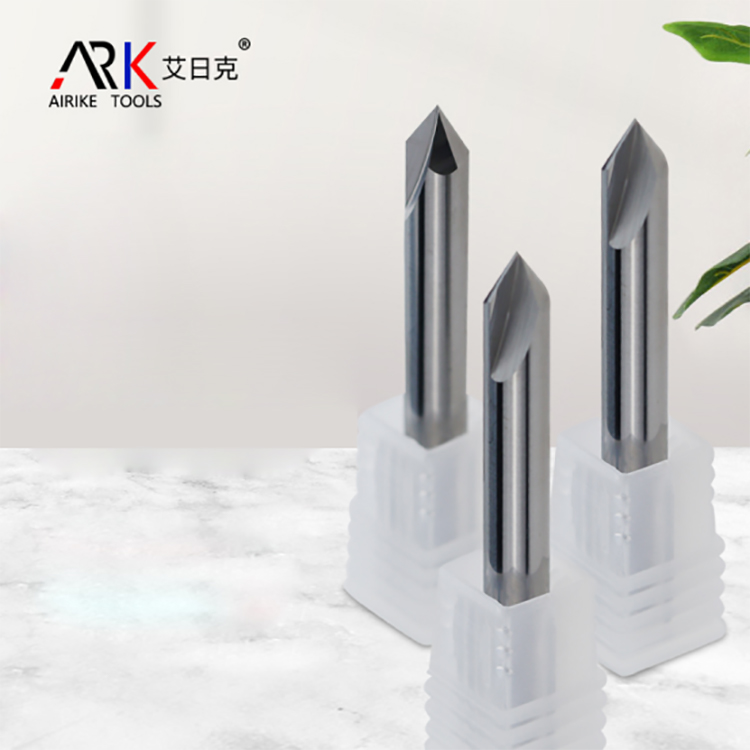Email Us
Application of PCD Tools in Titanium Alloy Processing
Titanium alloys are widely used in aircraft, ships, armor and missiles due to their high strength ratio, high corrosion resistance and good high temperature performance. However, these characteristics of titanium alloys also bring challenges in processing, such as high temperature chemical reactivity, low thermal conductivity and low elastic modulus, making titanium alloy one of the difficult materials to process. Traditional tool materials, such as high-speed steel and cemented carbide, often face severe wear and low processing efficiency when processing titanium alloys. Therefore, it is particularly important to find a tool material that is more suitable for titanium alloy processing.
PCD (polycrystalline diamond) tools are one of the ideal choices for processing titanium alloys due to their excellent hardness and wear resistance, high thermal stability and chemical stability, and excellent thermal conductivity. The hardness of PCD tools is much higher than that of cemented carbide and high-speed steel. They can resist the cutting force and cutting heat generated during the processing of titanium alloys, reduce tool wear, and thus improve processing efficiency and processing quality.
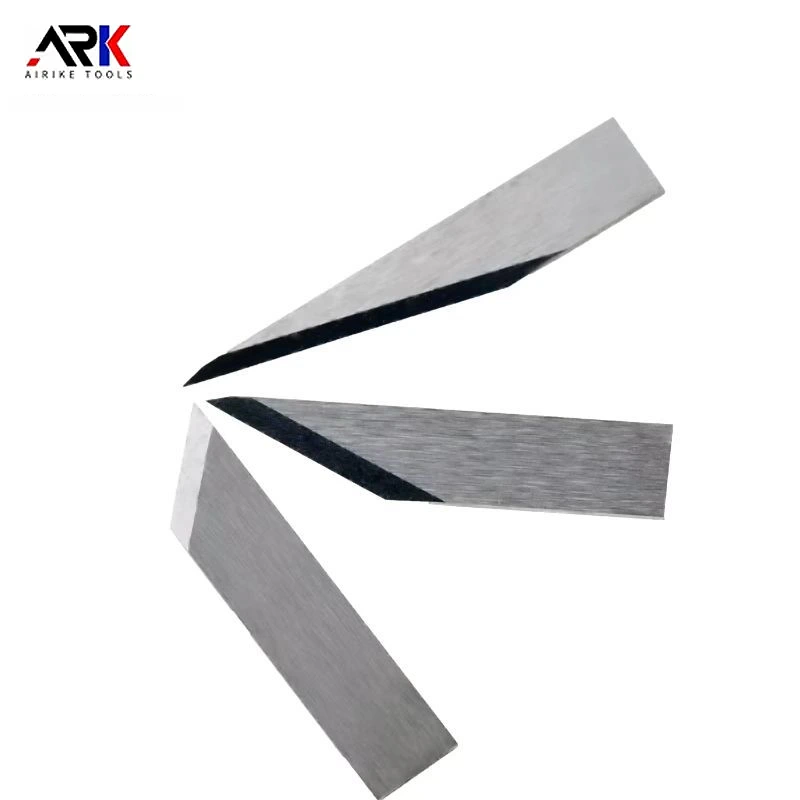
In recent years, research on PCD tool processing of titanium alloys has made significant progress. Studies have shown that PCD tools can maintain high cutting speeds and low cutting forces when cutting titanium alloys, while obtaining better surface quality. For example, under dry cutting conditions, PCD tools can achieve the same surface roughness as grinding when the cutting speed reaches 120m/min, and the average surface roughness is lower than that of carbide tools. In addition, the use of high-pressure cooling processing methods can further extend the life of PCD tools and obtain a better surface layer.
However, there are also certain challenges in PCD tool processing of titanium alloys. Titanium alloys will generate a large amount of cutting heat during the cutting process, and although PCD tools have high thermal stability, thermochemical wear may still occur under extreme conditions. Therefore, it is necessary to select appropriate cutting parameters and cooling methods during the processing process to reduce the temperature of the cutting area and reduce tool wear. In addition, the edge shape and geometric parameters of PCD tools also have an important influence on the processing effect. The use of blades with positive angle geometry can reduce cutting force, cutting heat and deformation of the workpiece, thereby improving the processing quality.
In practical applications, the processing effect of PCD tools is also affected by many factors such as workpiece materials, cutting parameters, tool geometry and cutting fluid. Therefore, when processing titanium alloys, it is necessary to select appropriate PCD tools and cutting parameters according to specific processing requirements and conditions to obtain the best processing effect.
In summary, PCD tools have shown great application potential in titanium alloy processing due to their excellent performance. With the continuous advancement of technology and in-depth research, the processing efficiency and processing quality of PCD tools will be further improved, providing more reliable tool support for the widespread application of titanium alloys.
- How to Choose Chamfering Cutter Brands? Three Steps to Find the Right Fit
- What are the parameters for graphite milling cutters?
- Is a spiral or straight flute woodworking milling cutter better for edge trimming?
- Can diamond-tipped Engraving Machine Milling Cutters handle ultra-fine detail engraving?
- How to Improve the Processing Efficiency of Woodworking Milling Cutters?
- What is the welding process for Welded Milling Cutters?
Contact Us
Paibang Industrial Zone, Henggang Town, Longgang District, Shenzhen
Copyright © 2025 Shenzhen Zhongyeda Precision Technology Co., Ltd. All Rights Reserved.


